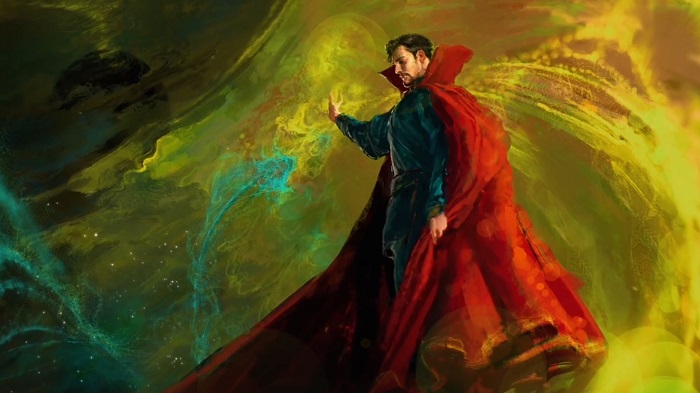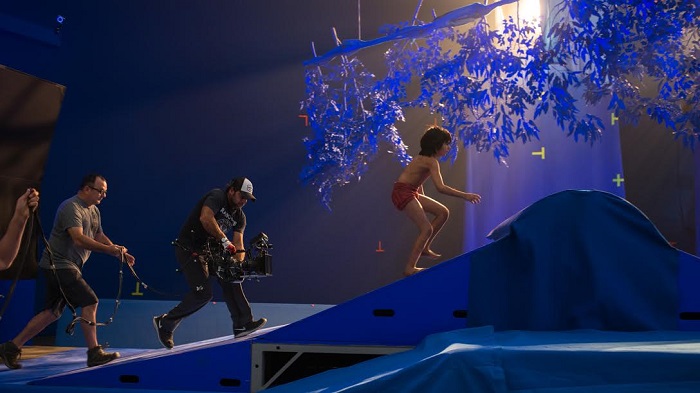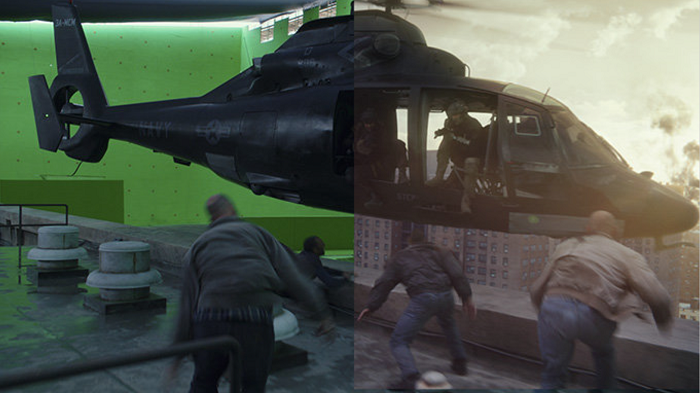The visual effects (VFX) industry has come a long way in India and is growing steadily while providing a new dimension to film production. During 2016, many big-budget blockbusters such as Sultan, Dangal, Fan and M. S. Dhoni: The Untold Story did well at the box office. The VFX industry is thus growing at a steady and unprecedented pace, according to industry experts.
The VFX industry provides services to advertising, television, and feature film productions. The year 2017 appears to be an all-time high for the animation and visual effects industry as big-budget, effects-laden films continue to dominate the theatrical motion picture release schedules.
In film-making, VFX is the process by which imagery is created or manipulated outside the context of a live action shot. It involves the integration of a live-action footage and computer-generated imagery to create environments which look realistic, but would otherwise be dangerous, expensive, or impossible to capture on film.

VFX involves multiple tasks and consists of compositors, concept artists, digital artists, layout artists, lighting technical director, match move artists, matte painters, producers, roto artists, runners, technical director, supervisors. The following are few roles in the VFX career:
Concept Artists
At the pre-production level concept artists produce art work or illustrations based on the brief given by a client or VFX supervisor. They work on illustrations throughout the shoot and may often be required to improvise their original ideas as the filming progresses. Creating new characters or unseen worlds help the production designers realise their vision.
BG Prep Artists/Digital Preparation Artists
Background preparation artists are responsible for rig removals, painting out markers or unwanted elements etc. before the VFX shot moves along the production pipeline. Having a good eye for detail helps them to maintain the high quality of repair work.
Roto Artists
Rotoscoping is the initial skill required by compositors. Roto artists mark areas of live action scenes where graphic elements will cover the live images. They create clear mattes within the scene to allow all elements of the scene to be layered smartly. In the case of a static camera in a shot, rotoscoping may include only one frame; however mattes will still be required if the computer-generated imagery interacts with moving people, moving objects or moving background elements, and in these cases mattes would be required for every frame. If the live action is moving, roto shapes are created for the relevant areas of every frame within a shot so that graphics can be combined skillfully with the live action.

Matchmove Artists
Tracking or matchmoving is also known as the invisible art of visual effects and is the basic most important process to integrate computer graphic elements or animation seamlessly into a live action sequence. In other words matching the virtual or CG camera/world to the live action camera/world. With the help of matchmoving the animators are able to place computer graphic elements in the film that would interact with the real actors or the real world.
Matte Painters
Matte Painters work with stills captured from live action photography, digital still photography, rendered computer graphic elements to create beautiful environments or imaginary worlds which do not exist or are difficult to shoot in reality. They work hand in hand with environment department and the virtual backgrounds are seamlessly integrated into the film by compositors.
Layout Artists
A layout artist is responsible for CG camera animation using cinematography principles, shot composition and character blocking. They work closely with the animation director and storyboard artists and stage every shot and plot the action that takes place within each scene. They also work on setting up the actual frame duration required for a scene. The layout department plays a creative and important role which can be compared to a cinematographer’s team in live film making.
Lighting Artists
A lighting artist’s key role is to maintain consistency in the lighting, colour balance and mood throughout the VFX shot/sequence. They ensure that the computer generated elements look live and photo realistic. They add the lighting that creates atmosphere and adds realism, depth and tone in a scene. The appropriate lighting clarifies location, weather and time of a day without distracting the continuity of the scene. They are also referred to as lighting TDs (technical director).

Compositors
Compositors work closely with VFX supervisors and 2D supervisors to composite the numerous elements that complete a VFX shot. They receive data from various sources like roto, BG prep and lighting. And using the same they construct the final image by merging all the layers of a shot, including live-action and computer graphic elements. It is necessary for the compositors to have a thorough understanding of the computer-generated animation process consolidated with relevant artistic skills and at the same time maintain the standard as well as the continuity of the project.
Producer
A VFX or animation producer is required to manage all aspects of a project including the initial VFX breakdown and bidding, planning and scheduling of facility resources, managing the creative and production teams and monitoring their work during the post-production process. Liaising with the client throughout the producer also ensures that a project is delivered in a timely manner within the given budget, thus making it profitable.
VFX Supervisor
The VFX supervisor is responsible for achieving the creative aims of the film director through the use of VFX. They are the creative leaders of the teams of artists in the studio, guiding the artists throughout the show ensuring that good and clear communication occurs at all times between the artists, editor and client. During production stage, a VFX supervisor would also spend time on set, ensuring VFX is filmed correctly to allow for a clean edit. The VFX supe handles the project from conception through the completion, seeing to it that the good quality of work is delivered.
To sum up, visual effects industry has a number of roles to perform in film making so as to make imagery shots look real and give special effects to the viewing of a film. Consider the Krrish series which did wonders at the box office mainly due to the visual effects it had offered in viewing. Hence, a career in VFX is certainly promising and rewarding.
(This article has been written by Deluxe India managing director Prafull Gade. He has over 27 years of professional experience in the Indian Animation Industry . He has done over 1000+ commercials, VFX for 40+ Motion pictures, 26 2D/3D Animated Series, TV Features and many corporate films & Multimedia products. Prafull’s first directorial debut was during 1987, for a 26 episodic TV series, based on Indian Cricket legend Sunil Gavaskar.)
